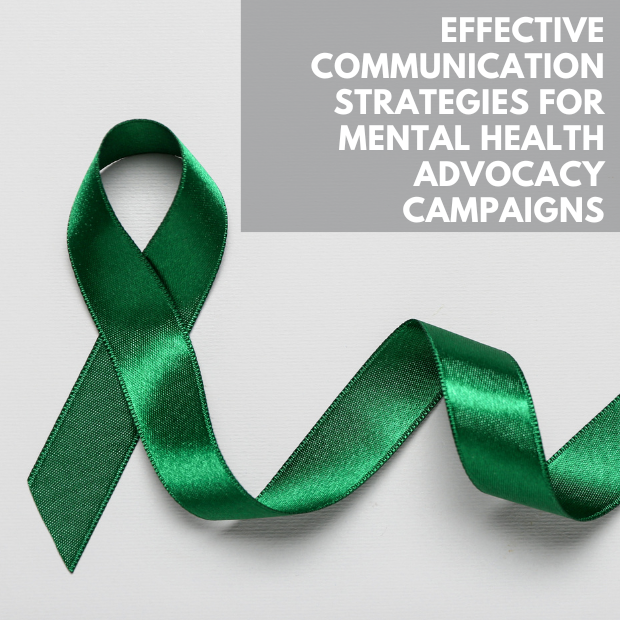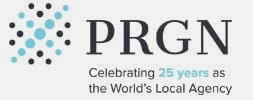
Effective Communication Strategies For Mental Health Advocacy
Proper communication skills can help you articulate your message, engage audiences, and inspire positive change.
Let’s look at the most effective communication strategies for your mental health advocacy campaigns.
5 Communication Strategies For Mental Health Advocacy Campaigns
1. Consistent And Ongoing Outreach
Consistent and ongoing outreach is crucial for spreading awareness about mental health advocacy. It allows you to establish a relationship with your audience, making communicating and engaging with them about mental health easier.
Additionally, it helps create momentum behind your campaign and keeps the conversation going. Lastly, outreach lets you continually raise awareness, educate people about the importance of mental health, and break down any existing stigma.
Contact media outlets such as newspapers, magazines, radio stations, and television networks to get coverage for your campaign.
Also, partner with influencers and bloggers with a strong following on social media platforms to reach a larger audience and spark conversations about mental health.
2. Interviews With Experts
Subject matter experts, or SMEs, are vital to any successful mental health advocacy campaign. They are individuals with in-depth knowledge about mental health and related issues.
Interviewing experts provides valuable insights and information to your audience, further reinforcing your campaign’s credibility. SMEs in this field include psychologists, psychiatrists, therapists, researchers, and other mental health professionals.
Case in point, THO’s mental health advocacy campaign helped a virtual addiction treatment company expand into new markets. The company’s strategy included securing coverage and interviews for co-founders and several clinicians to discuss the center’s treatment programs.
The center earned coverage in various digital news sources, including The Observer CNBNews, Yahoo News ABC 23, and NJTV. The total media placements for the first six months resulted in a total circulation of 142,186,233 and a cost per impression of $1,604,952.
3. Leverage “Real-Time” News Topics
Popular real-time topics let you capitalize on current trends that people are interested in. In this campaign, THO utilized real-time news and quarterly media topics to secure coverage and conduct outreach for a virtual treatment center. This gave the center coverage in local and national business press, and top-tier health and wellness publications.
When creating your advocacy campaign, leave room for connecting with your audience on the issues and trends that matter to them. Leveraging news topics can help secure coverage for your brand and its key advocates.
To do this successfully, stay updated on the latest news and developments in the mental health space and identify connections to your campaign’s message. Aside from this, you also need to do the following:
- Social media listening and monitoring to track relevant conversations and trends.
- Keyword research to gain insight into hot topics.
- Have a content strategy informing your approach to creating content around relevant news topics.
4. Support Local Events And Partnerships Through News Announcements
Local events and partnerships offer a perfect opportunity to increase your campaign’s visibility and build relationships with key stakeholders.
Tapping into established communities through local events and partnerships helps create hyper-local strategies. It also enables you to bring the mental health conversation to neighborhoods, making it easier for people to connect with your message and engage in your campaign.
One way to promote these local events and partnerships is through news announcements. Reach out to regional news outlets and offer them the opportunity to cover or feature your event or collaboration. This helps generate media coverage for your campaign and builds credibility and trust within the local community.
5. Create Valuable Editorial Content
Writing an editorial is one of the best advocacy strategies because it allows you to share your perspective on your mental health cause with your audience. Aside from sharing your viewpoint, editorial content raises awareness, generates discussion, and influences people’s opinions on mental health.
You can write different editorials for your campaign, including critical, interpretive, persuasive, and praising.
Before you write an editorial, decide on a topic, research it, and create a content outline. This way, you can ensure that your editorial is informative, persuasive, and aligns with your campaign’s message.
Final Thoughts
Mental health advocacy campaigns are vital in stimulating discussions and eliminating the stigma surrounding mental health. Effective communication during these campaigns makes the difference between creating impact and missing the mark.
If you’re working on a mental health advocacy campaign, utilize these strategies for successful outcomes.
Let our professionals at The Hoyt Organization do it all for you. Our team of experts can help you plan, execute, and manage your mental health advocacy campaign. Contact us today to learn how we can assist you in promoting your cause.









